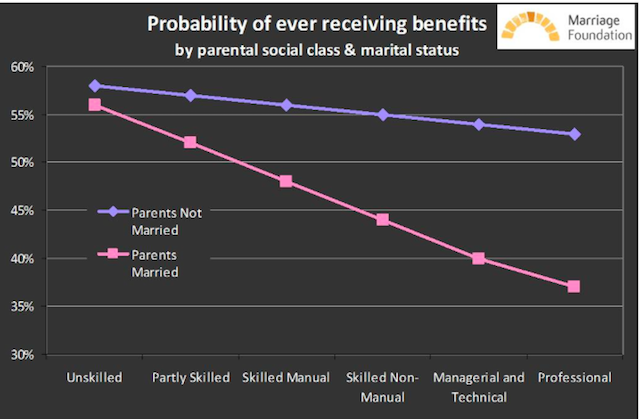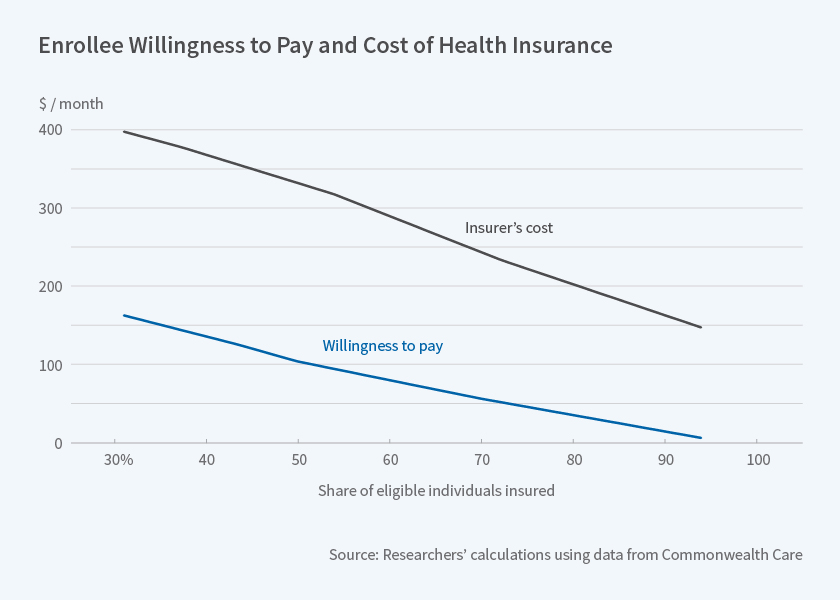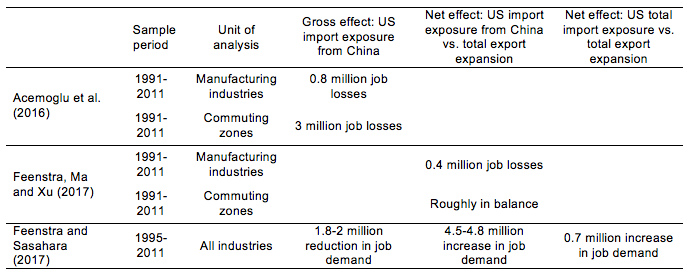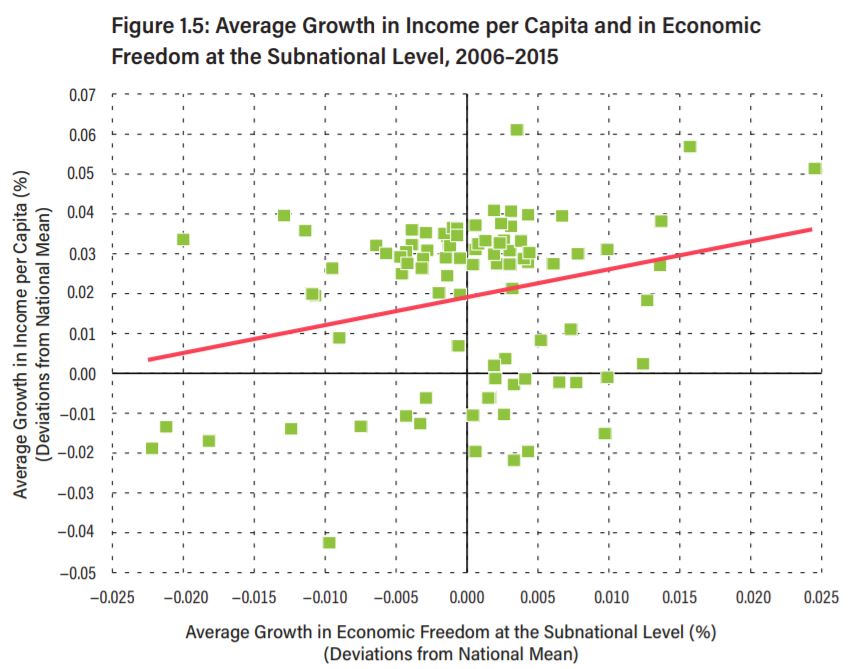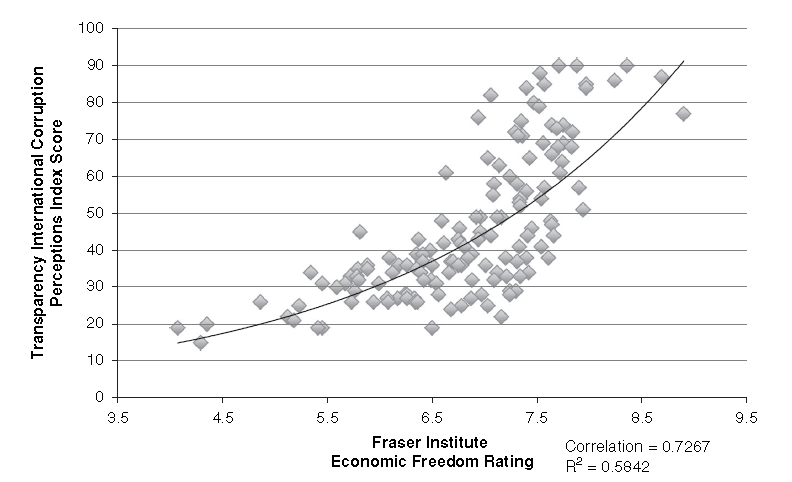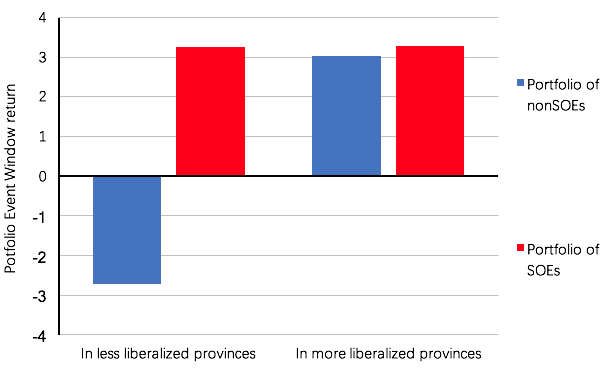
At least according to a 2015 study:
Our experimental findings do not support omnipresent societal messages regarding the current inhospitability of the STEM professoriate for women at the point of applying for assistant professorships (4⇓⇓⇓⇓⇓⇓⇓–12, 26⇓⇓–29). Efforts to combat formerly widespread sexism in hiring appear to have succeeded. After decades of overt and covert discrimination against women in academic hiring, our results indicate a surprisingly welcoming atmosphere today for female job candidates in STEM disciplines, by faculty of both genders, across natural and social sciences in both math-intensive and non–math-intensive fields, and across fields already well-represented by women (psychology, biology) and those still poorly represented (economics, engineering). Women struggling with the quandary of how to remain in the academy but still have extended leave time with new children, and debating having children in graduate school versus waiting until tenure, may be heartened to learn that female candidates depicted as taking 1-y parental leaves in our study were ranked higher by predominantly male voting faculties than identically qualified mothers who did not take leaves.
Our data suggest it is an auspicious time to be a talented woman launching a STEM tenure-track academic career, contrary to findings from earlier investigations alleging bias (3⇓⇓⇓⇓⇓⇓⇓⇓⇓–13), none of which examined faculty hiring bias against female applicants in the disciplines in which women are underrepresented. Our research suggests that the mechanism resulting in women’s underrepresentation today may lie more on the supply side, in women’s decisions not to apply, than on the demand side, in antifemale bias in hiring. The perception that STEM fields continue to be inhospitable male bastions can become self-reinforcing by discouraging female applicants (26⇓⇓–29), thus contributing to continued underrepresentation, which in turn may obscure underlying attitudinal changes. Of course, faculty members may be eager to hire women, but they and their institutions may be inhospitable to women once hired. However, elsewhere we have found that female STEM professors’ level of job satisfaction is comparable to males’, with 87%-plus of both genders rating themselves “somewhat to very” satisfied in 2010 (figure 19 in ref. 14). Also, it is worth noting that female advantages come at a cost to men, who may be disadvantaged when competing against equally qualified women. Our society has emphasized increasing women’s representation in science, and many faculty members have internalized this goal. The moral implications of women’s hiring advantages are outside the scope of this article, but clearly deserve consideration.
Real-world data ratify our conclusion about female hiring advantage. Research on actual hiring shows female Ph.D.s are disproportionately less likely to apply for tenure-track positions, but if they do apply, they are more likely to be hired (16, 30⇓⇓⇓–34), sometimes by a 2:1 ratio (31). These findings of female hiring advantage were especially salient in a National Research Council report on actual hiring in six fields, five of which are mathematically intensive, at 89 doctoral-granting universities (encompassing more than 1,800 faculty hires): “once tenure-track females apply to a position, departments are on average inviting more females to interview than would be expected if gender were not a factor” (ref. 16, p. 49). [See SI Appendix for descriptions of other audits of actual hiring that accord with this view, some dating back to the 1980s. Many studies have argued (see ref. 14) that because only the very top women persist in math-intensive fields, their advantage in being hired is justified because they are more competent than the average male applicant. This is why an accurate evaluation of gender preference in hiring depends on data from an experiment in which competence is held constant.] Thus, real-world hiring data showing a preference for women, inherently confounded and open to multiple interpretations because of lack of controls on applicant quality, experience, and lifestyle, are consistent with our experimental findings.

